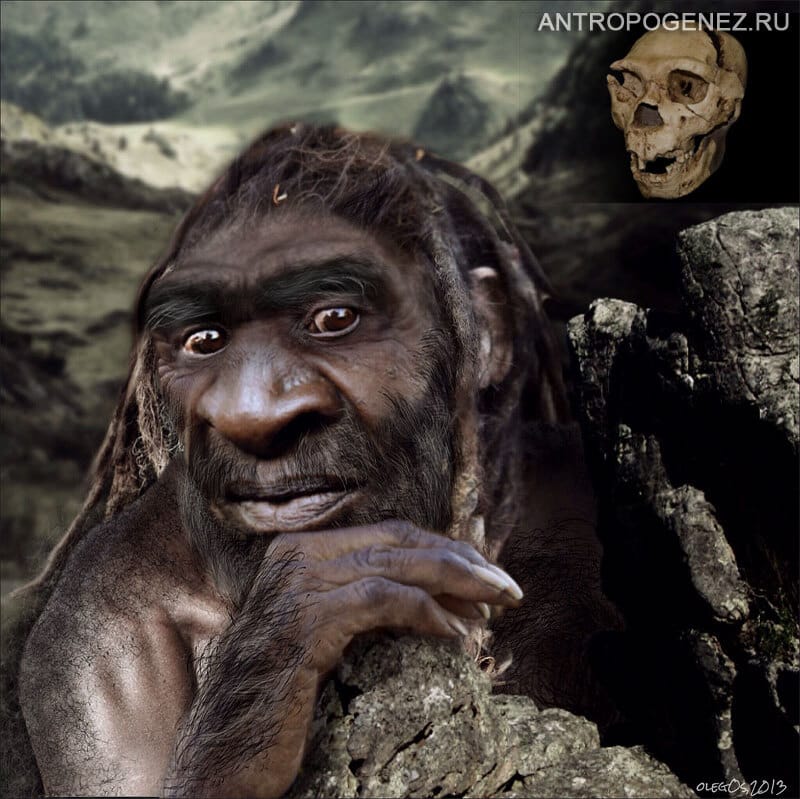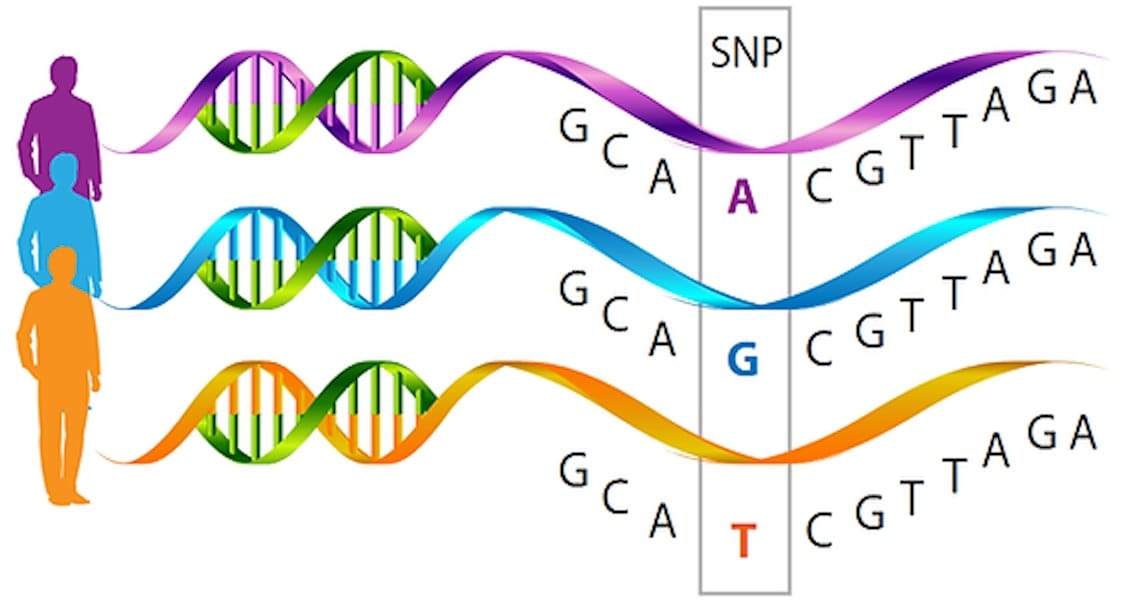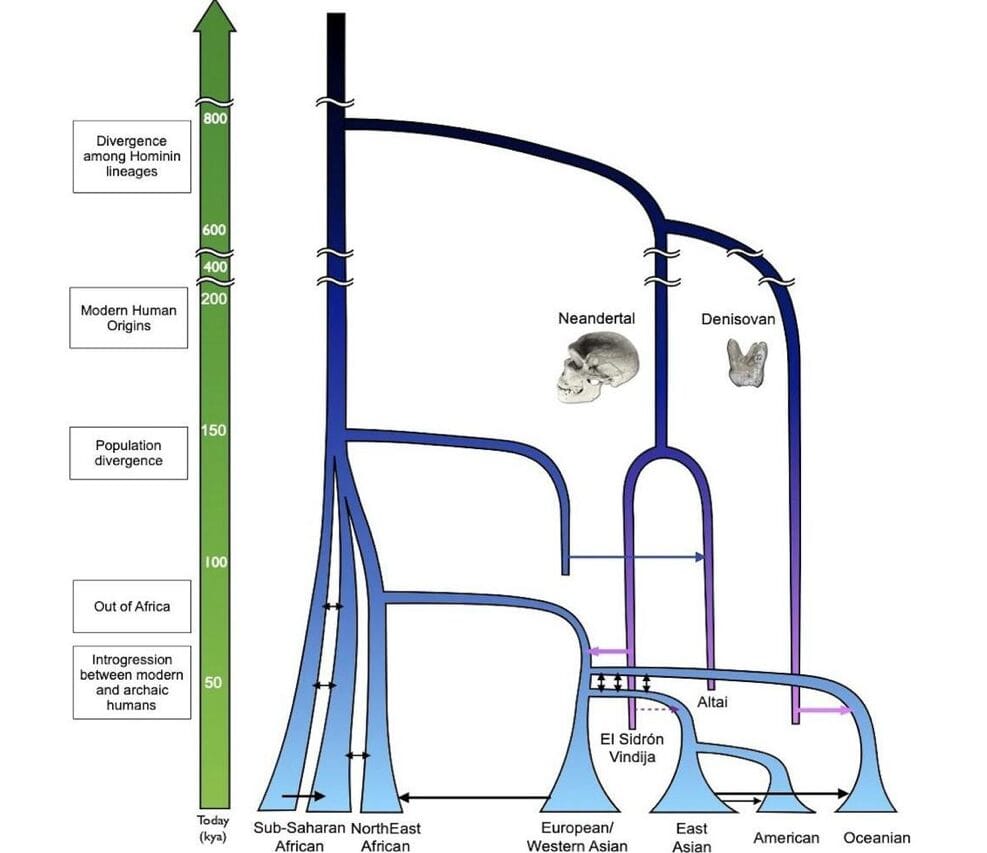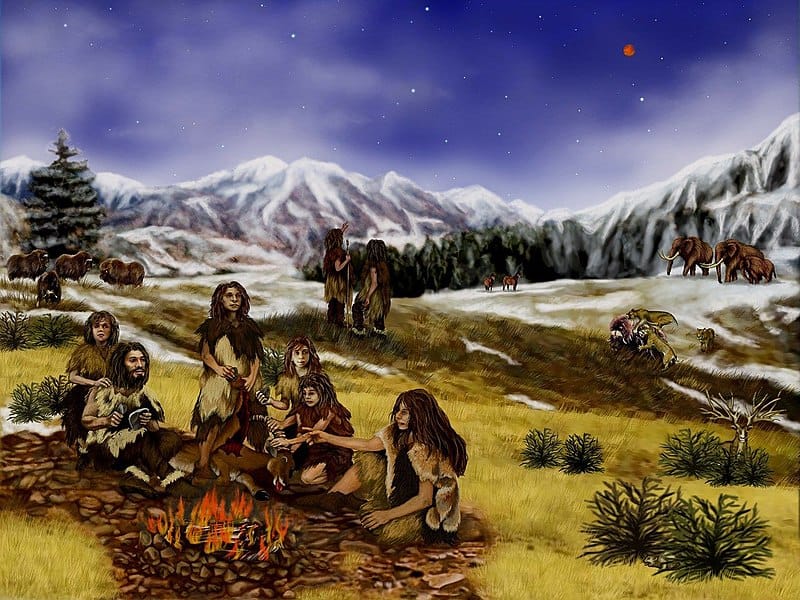It is widely believed that the genome of every modern person contains up to 4% of genes inherited from Neanderthals. We decided to check whether this point of view is supported by scientific data.
Bioinformatics specialists reveal that modern humans received 4% of their genes from Neanderthals they tell in interviews, and the authors of popular science articles they assurethat it was these genes that made some sapiens light-skinned. Used This information is also included in advertisements for genetic tests. Many they assurethat Neanderthal genes influence a person’s appearance and susceptibility to disease, and some studywho has more of these genes - Asians or Europeans.
The modern human genome is 99% matches with chimpanzees, and 60% with banana, so it would be strange if Homo sapiens shared only 4% of genes with such a close relative as Neanderthals. In this case, it would turn out that a person is more like a banana than a Neanderthal. However, simple observations show that this is not the case.
DNA is macromolecule, ensuring the implementation, transmission from generation to generation and storage of the genome of the organism. DNA can be compared to a cookbook - it encodes information about what “ingredients” to take, in what sequence to arrange and what the end result will be. All living beings on the planet are protein organisms, and they consist of approximately the same set of proteins, which can be located in different sequences and perform different functions. Every living thing on the planet has a common ancestor who lived more than 3.8 billion years ago and was a primitive single-celled organism. Scientists call it the last universal common ancestor (LUCA). Since plants, animals and other organisms get the basis of their DNA from it, it is not surprising that all protein creatures are somewhat similar.
And if the last universal common ancestor lived almost 4 billion years ago, then Neanderthals (Homo neanderthalensis) disappeared only 30,000 years ago. From modern man distinguished almost complete absence of a chin protrusion, massive brow ridges that formed the supraorbital ridge, a larger skull, short stature and a more massive build. Neanderthals used simple tools, used fire, ate mainly meat and, likely, even had their own language.
Scientists do not have a consensus on how the Neanderthals disappeared. Alone claimthat they are extinct, others believe that assimilated, that is, they literally disappeared into another population - Homo sapiens. Neanderthal exactly not the direct ancestor of modern man, most likely, they are in some sense “brothers” - their common ancestor could be or Homo antecessor (human predecessor), or Homo heidelbergensis (Heidelberg man, who got his name from the Heidelberg Grotto in Germany, where the jaw of a representative of this species was discovered in 1907). Archaeological finds indicate that Neanderthals could share their habitat with Homo sapiens and other subspecies of people - Denisovans And Cro-Magnons. The remains of hybrids have also been discovered - for example, women, who died about 90,000 years ago and was the daughter of a Neanderthal and a Denisovan. There are also the remains of hybrids of Neanderthals and Homo sapiens.

Study, which formed the basis for the belief that modern humans have 4% Neanderthal genes, was carried out by a group of several dozen scientists who published the results of their work in 2010. An important role in this research was played by the Swedish biologist, one of the founders of paleogenetics, Svante Paebu. He's the one justified, why Denisovans are a new subspecies of people, and not representatives of already known ones, and was also the first to completely decipher the Neanderthal genome. For Research in Human Evolution in 2022 Pebu received Nobel Prize in Physiology or Medicine.
The key concept for this study is SNP, also known as single nucleotide polymorphism. DNA consists of approximately 3 billion nucleotide pairs arranged in a specific order. In turn, a snip is a section of DNA in which the nucleotide sequence differs in two organisms. For example, in a person, in the X gene, position Y contains the nucleic bases adenine (A) and thymine (T), and there may be combinations with guanine (G) and cytosine (C). Accordingly, there are three possible options, or snips, in this position: A-T, A-G, A-C.

In theory, a person has a number of SNPs equal to 36 billion (each position can contain one of 12 pairs of nucleic bases), but the number described is below. For example, the international Thousand Genomes Project, which catalogs human genetic variations, described 84.7 million snips. A National Library of Medicine of the US Government evaluates the number of SNPs in the human population is more than 600 million. Since on average such substitutions occur in approximately one in 1000 nucleotides, it can be assumed that there are from 4 to 5 million SNPs in the genome of each randomly selected person.
These single nucleotide polymorphisms determine not only external differences between people, but also affect other genetic parameters - for example, hereditary diseases or, conversely, genetic resistance to certain pathologies.
Scientists took three Neanderthal DNA to compare snips: from two individuals from the Vindya cave in Croatia and from one from the Mezmayskaya cave in the Krasnodar region of the Russian Federation, as well as five modern human ones - a Bushman from South Africa, a Yoruba from West Africa, a Papuan from Papua New Guinea, a Han from China and a Frenchman. The choice of just such human DNA was not accidental: Neanderthals inhabited Europe, some areas of Asia (remains were discovered in Altai and Uzbekistan) and the Middle East. From Asia later on Homo sapiens migrated to America and Oceania, carrying with them those same Neanderthal mutations. The population of Sub-Saharan Africa did not intersect with Neanderthals and could only obtain their genes through interbreeding with the descendants of Neanderthals and people from other regions.

To analyze the SNPs, scientists also needed an additional sample. Since the last common ancestor of humans and Neanderthals is unknown, chimpanzees were used in this capacity, with which the genomes of modern humans and Neanderthals are 99% similar.
As a result of DNA comparison, scientists calculated SNPs that in some samples coincided with chimpanzees, that is, they were ancestral and have not changed since then, while in others they were different, that is, they were derivatives and arose somewhere along the line of evolution after both species separated from chimpanzees. The presence of the same derived SNP in both Neanderthals and modern humans indicated that one of them acquired this mutation and passed it on to the other as a result of crossing. The probability that a mutation, that is, a nucleotide change at one of the 3 billion positions in DNA, occurred simultaneously and independently in both Neanderthals and Homo sapiens, is so small that researchers neglected it. Since Neanderthals lived and interbred with those representatives of Homo sapiens who lived in Europe and then settled throughout Asia, America and Oceania, but did not contact Africans, scientists introduced an additional division of all human DNA into African and non-African. It was possible to identify all derived SNPs in the genomes of Neanderthals and Homo sapiens - there were just over 200,000 of them, that is, 0.007% of the entire genome. Of these, 95,000 were derived from Neanderthals and Africans but ancestral to non-Africans, and 105,000 were derived from Neanderthals and non-Africans but ancestral to Africans. That is, 105,000 mutations were acquired by humans and Neanderthals during crossing with each other, and another 95,000 arose somewhere along the line of evolution after separation from chimpanzees, but before the division into Homo sapiens and Homo neanderthalensis, since Africans and Neanderthals, judging by the available archaeological data, did not contact directly and could not interbreed. The difference between these groups in the DNA studied was 10 thousand - or 5% of the 200,000 analyzed SNPs. Taking into account adjustments for some additional factors, scientists even say that this figure can range from 1% to 4%. If we remember that these 200 thousand SNPs are only 0.007% of the entire genome, then it becomes clear that we are not talking about 5% of Neanderthal genes, but about 0.0003% of the genome - areas that are equally different from chimpanzees in both sapiens and Neanderthals. 99.7% DNA of modern humans and Neanderthals matches, since it was inherited from a common, but still unknown to science, ancestor.
Now Pabu, one of the key authors of this study, is studying how these mutations that distinguish humans from Neanderthals affect the functioning of the human body. Previously in work 2014, “The Human Condition—A Molecular Approach,” a paleogeneticist concluded that most of these SNPs are related to brain development.
Thus, the claim that modern humans have up to 4% Neanderthal genes arose from a misreading of a scientific article. Homo sapiens is much closer to this extinct species, whose DNA is approximately 99.7% identical to humans. The misinterpreted study focused exclusively on mutations that occurred after the as-yet-unknown common ancestor of Neanderthals and humans diverged evolutionarily from chimpanzees. They constitute just 1–4% of the analyzed mutations.
Cover image: athree23, CC0, via Wikimedia Commons
Read on the topic:
- Mikhail Gelfand on PostNauka: How are the genes of ancient people studied?
- N+1. Scientists have discovered ancient DNA. She is over two million years old
- "Anthropogenesis.ru". Homo neanderthalensis
- Naked Science. Neanderthals and modern humans interbred mainly in the Middle East
- N+1. Neanderthals interbred with modern humans twice
If you find a spelling or grammatical error, please let us know by highlighting the error text and clicking Ctrl+Enter.






